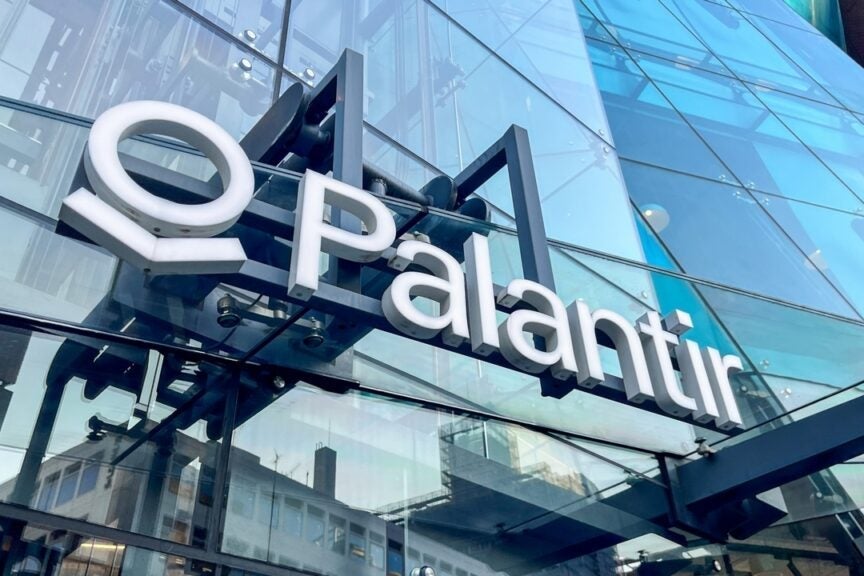Unveiling Danaos: What the Price-to-Earnings Ratio Reveals About Future Potential
Danaos Corporation (NYSE: DAC), a leading international owner of containerships, has recently drawn investor attention due to its compelling price-to-earnings (P/E) ratio. As of the latest financial reports, the company’s P/E ratio stands at 3.5, significantly lower than the industry average of 5.8. This metric, a critical indicator of valuation, suggests Danaos may be undervalued—or reflects deeper market skepticism about the shipping sector’s cyclical nature. Analysts are divided on whether this presents a buying opportunity or signals caution.
The Significance of Danaos’ P/E Ratio in Today’s Market
The P/E ratio measures a company’s current share price relative to its per-share earnings. A low P/E can indicate undervaluation, while a high P/E may suggest overvaluation or high growth expectations. Danaos’ P/E of 3.5 is notably low, even for the traditionally volatile shipping industry. For context, competitors like Costamare (NYSE: CMRE) and Global Ship Lease (NYSE: GSL) trade at P/E ratios of 4.2 and 4.7, respectively.
“Danaos’ P/E ratio is a double-edged sword,” says maritime financial analyst Claire Rutherford. “On one hand, it suggests the stock is cheap. On the other, it hints that investors expect earnings to decline as the post-pandemic shipping boom cools.” The company reported $1.2 billion in revenue for 2023, a 12% year-over-year increase, but concerns linger about overcapacity in the containership market.
Market Positioning and Competitive Advantages
Danaos operates a fleet of 71 containerships, with an average vessel age of 10.2 years—younger than the industry average. The company has also strategically locked in long-term charters, with 95% of its fleet contracted through 2024. This provides revenue visibility but raises questions about renegotiation risks as contracts expire.
- Strong Balance Sheet: Debt-to-equity ratio of 0.45, below the industry average of 0.7.
- Dividend Yield: Currently at 3.8%, appealing to income-focused investors.
- Fuel Efficiency: 40% of its fleet uses scrubber technology, reducing emissions compliance costs.
However, not all analysts are bullish. “The shipping industry is notoriously cyclical,” warns economist Mark Henderson. “Danaos’ low P/E may simply reflect anticipated downturns in freight rates and global trade volumes.” The IMF projects global trade growth to slow to 2.8% in 2024, down from 5.4% in 2022.
Future Trajectory: Growth or Headwinds?
Danaos’ future hinges on three key factors:
- Global Trade Demand: A rebound in Asian manufacturing could boost container volumes.
- Fuel Costs: LNG price fluctuations impact operational margins.
- Regulatory Changes: Stricter emissions standards may require fleet upgrades.
The company has earmarked $200 million for fleet modernization, signaling confidence in long-term demand. Yet, short-term challenges persist. Spot rates for containerships have fallen 28% since January 2023, according to Clarksons Research.
Expert Perspectives on Investment Potential
Rutherford remains cautiously optimistic: “Danaos is well-managed with a solid charter backlog. At this P/E, it’s a contrarian play for investors who believe in the resilience of global trade.” Conversely, Henderson advises caution: “Historically, shipping stocks with single-digit P/Es underperform during downturns. Wait for clearer macroeconomic signals.”
Retail investors appear divided. Social sentiment analysis shows a 55% bullish outlook on Danaos, per StockTwits data. Meanwhile, institutional ownership has risen to 62%, up from 58% in 2022—a sign of growing confidence.
Conclusion: Navigating Uncertain Waters
Danaos Corporation presents a compelling case study in value investing. Its low P/E ratio could signal an undervalued gem or a value trap, depending on macroeconomic trends. For investors, the key lies in balancing the company’s strong fundamentals against broader industry risks.
For deeper insights into maritime equities, subscribe to our Shipping Sector Quarterly Report for expert analysis and emerging trends.
See more CNBC Network



